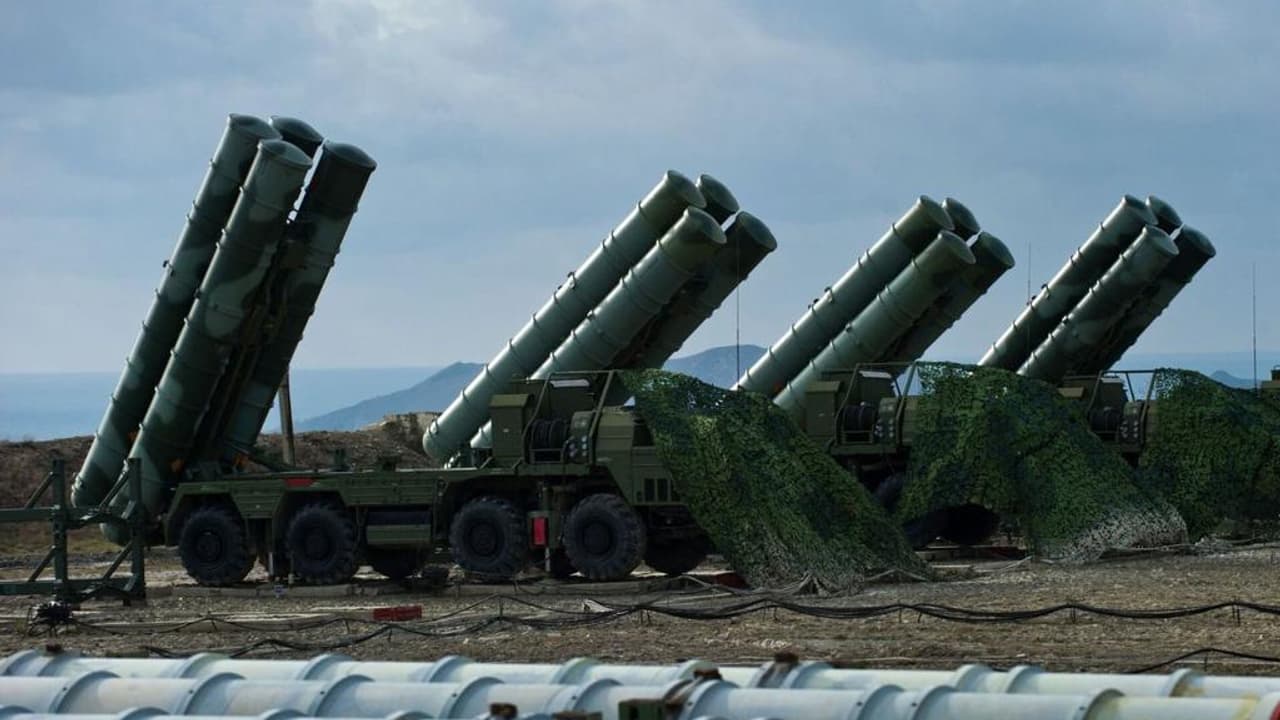India’s Defence Research and Development Organisation (DRDO) has launched one of its most ambitious programmes to date: Project Kusha.
In an era where the nature of threats has evolved far beyond traditional border tensions, India faces new challenges from the skies—stealth aircraft, ballistic missiles, cruise missiles, and drone swarms that can strike military and civilian targets within minutes. To counter these dangers, India’s Defence Research and Development Organisation (DRDO) has launched one of its most ambitious programmes to date: Project Kusha.
Named after Lord Rama’s son, Project Kusha reflects India’s resolve to create a robust and completely indigenous air defence system—our own high-tech shield designed to safeguard the nation’s skies.
What is Project Kusha?
Project Kusha, formally known as the Extended Range Air Defence System (ERADS), is an integrated, multi-layered missile defence solution. It is designed to detect, track, and destroy incoming threats—be it enemy aircraft, drones, or missiles—before they can cause harm.
The system includes three types of interceptor missiles, each with a different range:
M1: Capable of neutralising threats up to 150 km
M2: Effective within 250 km
M3: Longest reach, striking at 350 km
These missiles are paired with advanced radars that can track hostile objects from as far as 600 kilometres, giving Indian forces critical time to react.
Why India Needs Project Kusha
While India already operates advanced foreign systems like Russia’s S-400 and the Israeli-Indian Barak-8, over-dependence on imports creates strategic, financial, and technological challenges:
Strategic Vulnerability: Global crises, such as the Russia-Ukraine war, have delayed critical defence deliveries.
High Costs: The S-400 deal cost India $5.25 billion (₹43,750 crore) for just five squadrons.
Lack of Autonomy: Imported systems often do not include full technology transfers, forcing long-term dependency.
In contrast, Project Kusha promises a fully indigenous solution at a significantly lower cost—about ₹2.17 lakh crore for five squadrons—while promoting strategic independence.
Technology That Powers the Shield
Project Kusha incorporates the latest technologies developed in India:
AESA Radars: Active Electronically Scanned Array radars track multiple targets at once and are hard to jam or detect.
AI-Driven Targeting: Artificial Intelligence helps distinguish between real threats and decoys, optimising missile deployment.
High Kill Probability: The system offers an 80–90% chance of success per missile. When two interceptors are used per target, the probability exceeds 90%.
Mobility: Kusha’s mobile launchers allow rapid relocation, making it difficult for enemies to track or destroy.
Future-Ready Capabilities
Project Kusha is designed to tackle next-generation threats:
Stealth Jets: It can detect and intercept radar-evading fighter aircraft.
Hypersonic Missiles: Designed to intercept missiles flying at Mach 7—seven times the speed of sound.
Drone Swarms: Capable of handling multiple drone threats simultaneously.
Cruise Missiles: Detects and neutralises low-flying missiles that use terrain for cover.
Strategic and Economic Gains
Project Kusha is not just about national security—it carries several broader benefits:
Employment: The project involves Indian firms like Bharat Electronics Limited (BEL), generating thousands of jobs in advanced technology sectors.
Export Potential: Once operational, the system could be sold to friendly countries, earning foreign exchange and enhancing diplomatic partnerships.
Boost to Indigenous Industry: Strengthens India’s defence manufacturing and positions Indian companies in global defence markets.
Strategic Autonomy: Reduces reliance on foreign nations for critical technologies and maintenance support.
Challenges Ahead
Despite its promise, Project Kusha faces significant challenges:
Complex Engineering: Creating interceptors that can accurately destroy high-speed, manoeuvring targets requires exceptional precision.
System Integration: Kusha must integrate with existing Indian Air Force and Navy systems, as well as imported systems like the S-400.
Tight Timelines: With a deployment goal of 2028–29, DRDO teams are racing against time.
Global Competition: India will face competition from established players like the US, Russia, and Israel in both performance and exports.
Current Status and Future Plans
Project Kusha is progressing steadily. DRDO has begun fabricating the M1 interceptor, with initial testing planned for September 2025. Full system development is expected to complete by 2028, after which deployment will begin across Indian Air Force and Navy units.
Looking ahead, Phase II will develop interceptors with ranges beyond 400 km, aiming to match or surpass Russia’s S-500 system. The Indian Navy is also developing a naval variant to shield warships from anti-ship ballistic missiles, a growing necessity amid rising threats in the Indian Ocean.
Why Project Kusha Matters
Project Kusha marks a significant shift in India’s defence philosophy—from a buyer of advanced systems to a developer and potential exporter of cutting-edge military technology.
For Citizens: It means greater safety for cities and infrastructure.
For the Armed Forces: It ensures operational independence with state-of-the-art systems.
For the Economy: It fosters high-end industry and boosts global competitiveness.
Above all, it signals to the world that India has both the capability and resolve to defend itself against any aerial threat.
The Road Ahead
With a budget of ₹4 lakh crore approved for up to eight squadrons, Project Kusha is one of India’s largest indigenous defence undertakings. The real challenge will be during user trials (2026–2028), where the system must prove its effectiveness in real-world conditions.
Success will place India among a select group of nations capable of building complex air defence systems—and will provide a lasting legacy for generations to come.
In an age of uncertain threats, Project Kusha offers certainty through strength—a testament to Indian innovation, resilience, and vision.
As our ancient scriptures remind us:
“धर्मो रक्षति रक्षितः” — “Dharma protects those who protect it.”
Project Kusha is our modern armour to protect the dharma of a free, secure, and sovereign India.
(Girish Linganna is an award-winning science communicator and a Defence, Aerospace & Geopolitical Analyst. He is the Managing Director of ADD Engineering Components India Pvt. Ltd., a subsidiary of ADD Engineering GmbH, Germany. Contact: [email protected] )
Disclaimer: The opinions expressed are solely those of the author and do not reflect the views or stance of the organization. The organization assumes no responsibility for the content shared.
